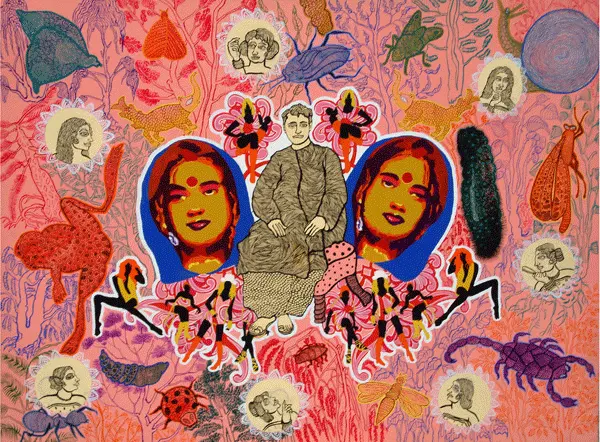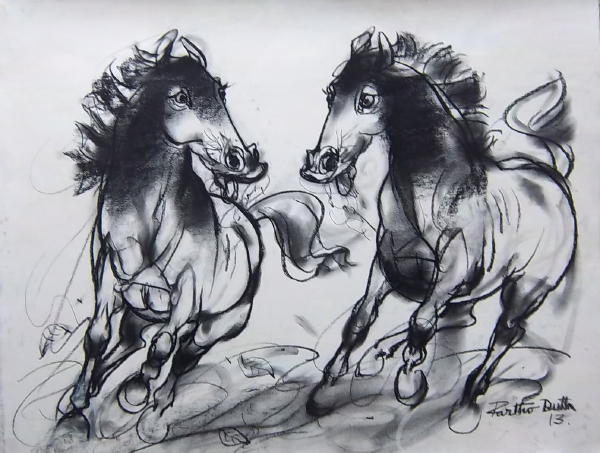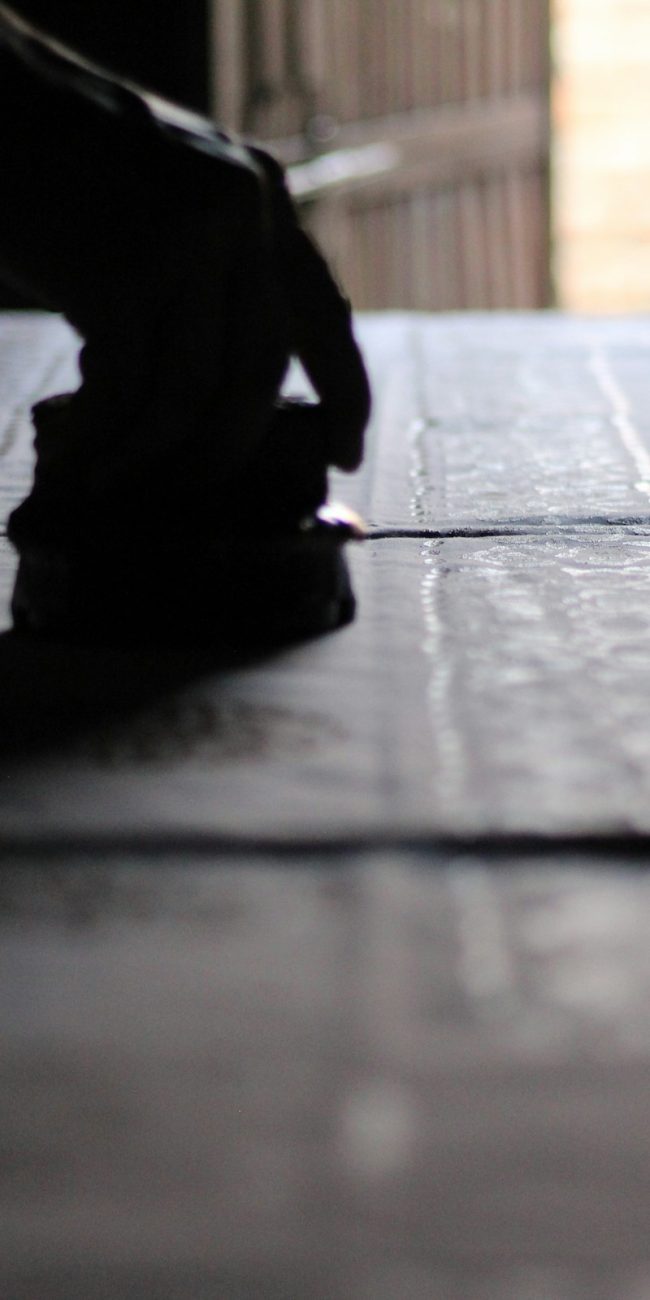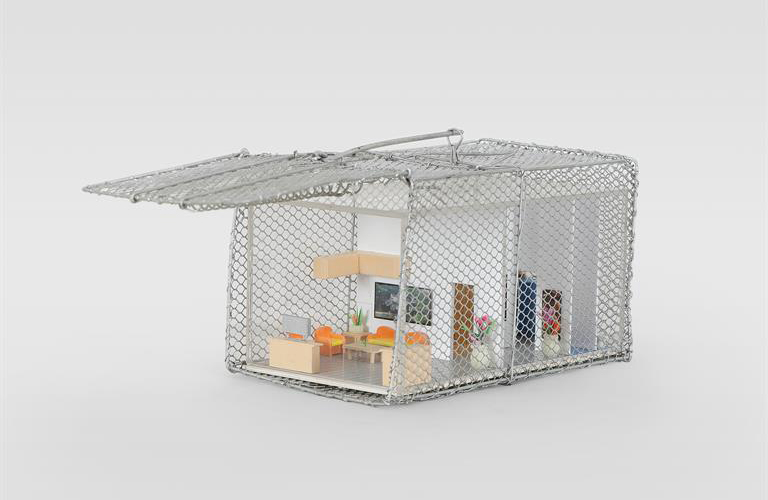
Cultural Conversations: How Art Reflects and Shapes Societal Beliefs
Art as a Reflection of Society
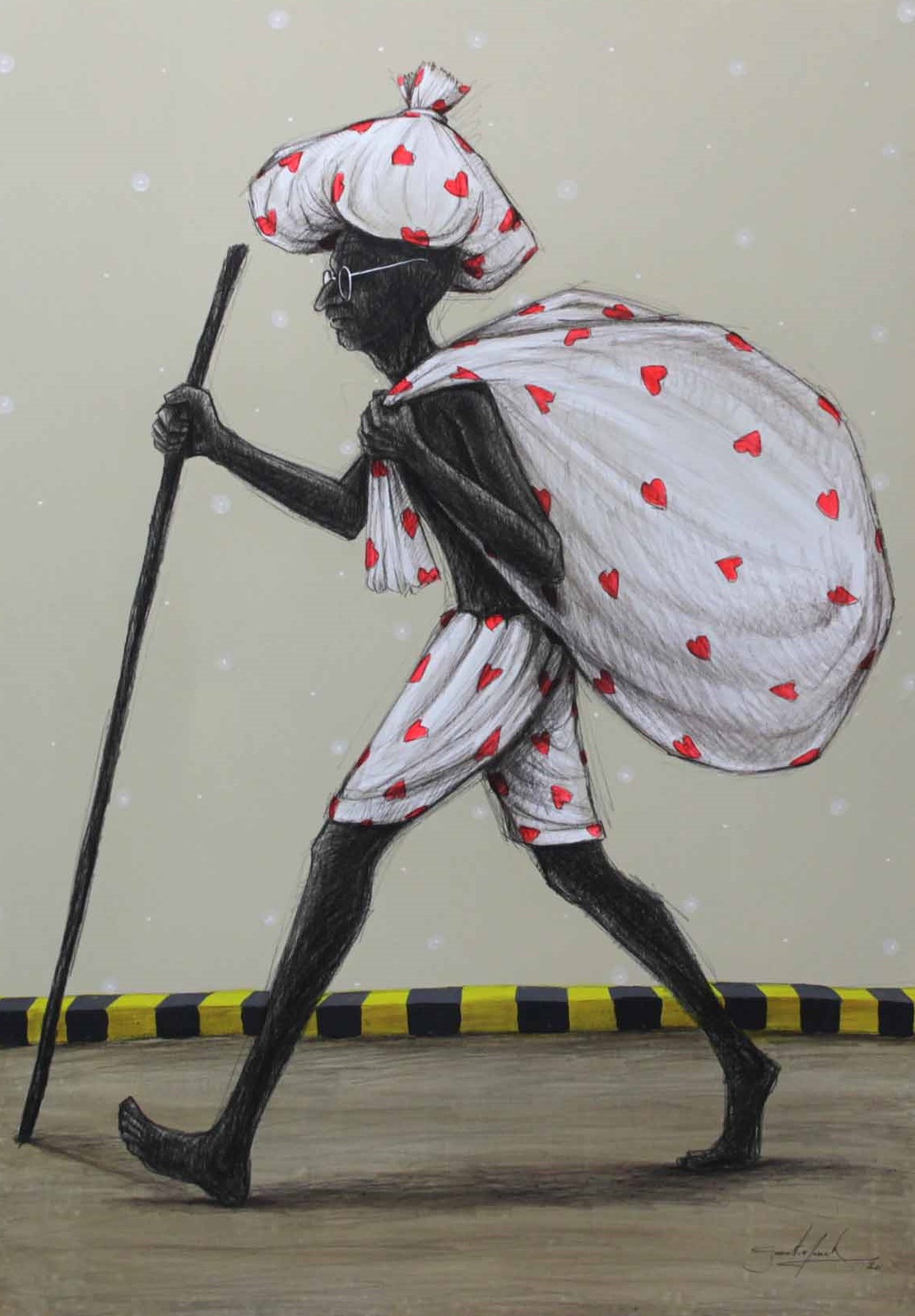
(Gurmeet Marwah, Journey is destination, Mixed Media on Linen, 32 x 46 inches)
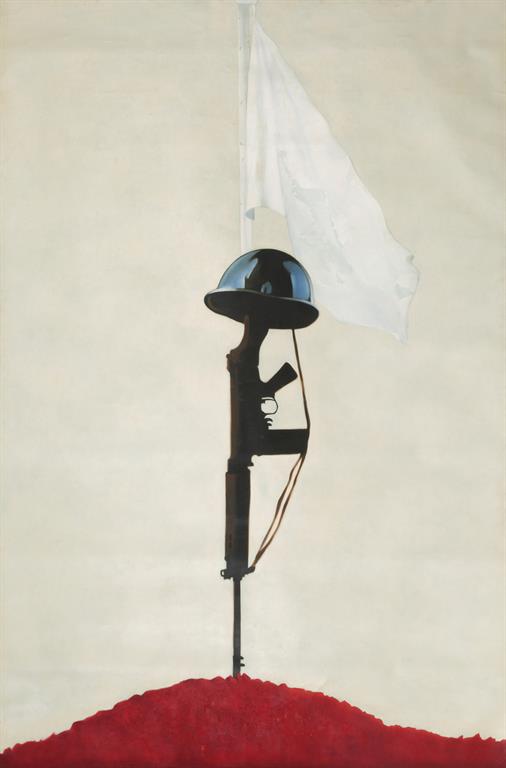
(Pradeep Mishra, Oil on Canvas, 54 x 84 inches)
Have you ever noticed how every painting, sculpture, or even doodle feels like it carries a piece of the world it came from? That’s because art reflects the society it belongs to. In India, this reflection is crystal clear. Think of ancient times, when people were deeply spiritual, most art revolved around gods, myths and epics. Temples weren’t just places of worship; they were galleries filled with stories carved in stone. Every curve and detail told tales of devotion, power and life.
Fast forward to the Mughal era, and you’ll see miniatures that depict royal courts, battles, and everyday life. These artworks reflected the glory of the Mughal courts and their deep appreciation for nature, literature, and architecture.
In modern India, this storytelling continues. Artists now address issues like climate change, equality, and technology. They’re talking about what’s important today, just like their ancestors did.
How Art Shapes Beliefs
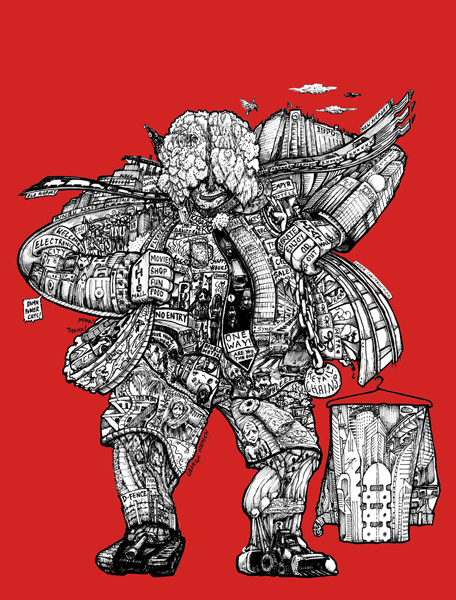
(George Mathen, Digital Print on Archival Paper, 12 x 15 inches)
Art has a unique way of shaping our beliefs and the way we see the world. It challenges old ideas, makes us think about new possibilities, and brings important issues to light. Whether it’s a painting, sculpture, or performance, art often starts conversations about things we might avoid or ignore.
It also helps us connect with others by making us feel emotions we might not experience in everyday life. This emotional connection builds empathy and understanding between people. In India, art plays a big role in celebrating traditions and cultural identity. At the same time, it evolves with society, blending the past with the present to create new meanings.
Art doesn’t just reflect life; it also imagines a better future, inspiring us to work towards it. Through its beauty and message, art helps shape how we think, feel, and believe, bringing us closer as a community.
Art and Social Change
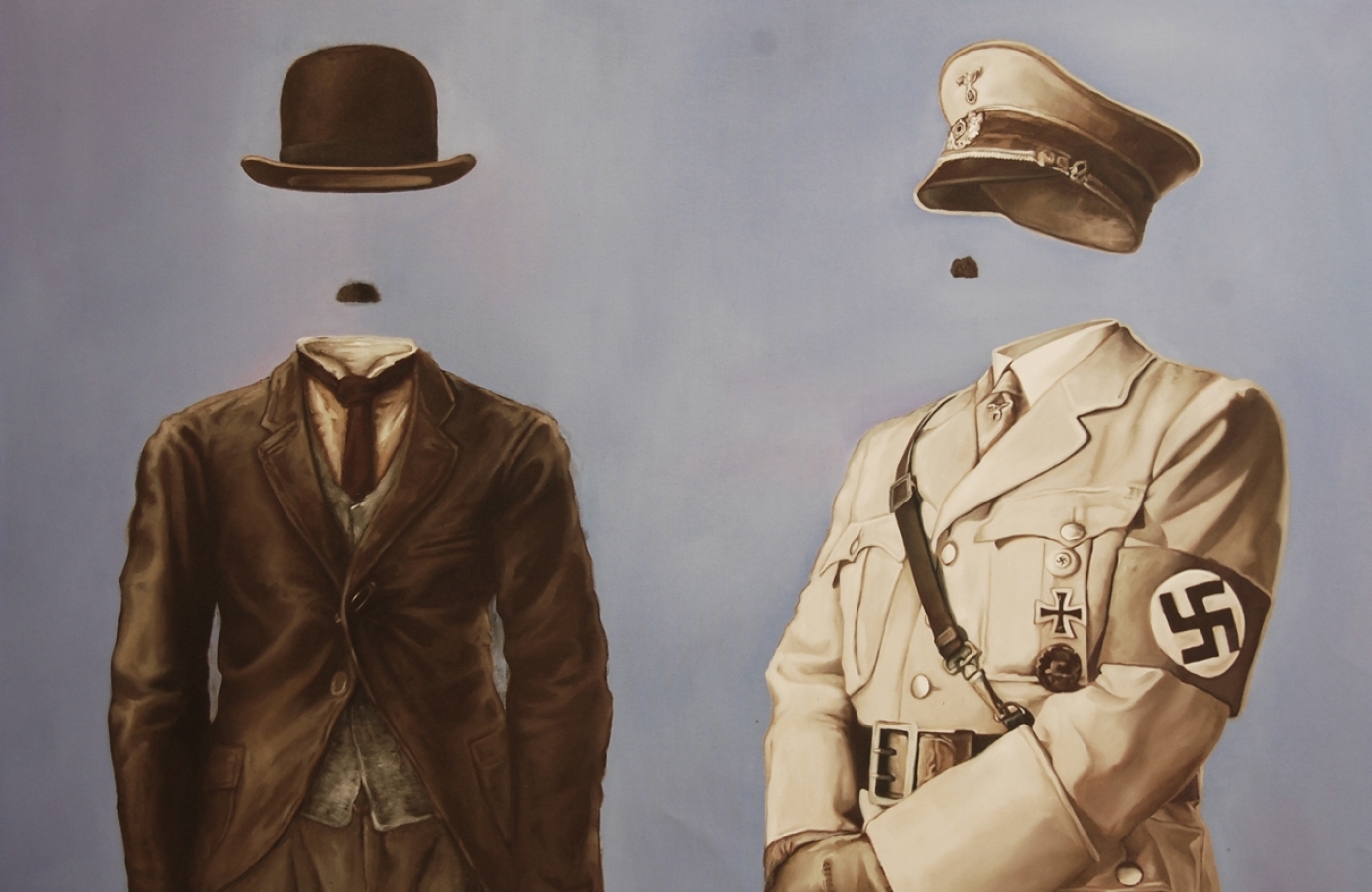
(Ravi Sachula, Oil on Canvas, 36 x 48 inches)
Art has always been a powerful tool for social change. It challenges unfair norms, brings attention to important issues, and inspires action. Through paintings, films, music, or street art, artists often highlight problems like inequality, climate change, or injustice, encouraging people to think and act differently.
Art makes complex issues easier to understand by creating emotional connections. A single image or performance can stir feelings and build empathy, helping people see the struggles of others.
It also plays a big role in protests and social movements, amplifying messages and uniting communities. Beyond critique, art inspires by showing visions of a better future, motivating society to strive for progress. It’s a powerful voice for change and hope.
The Role of Technology in Art and Culture

(Sujit Karmakar, Life Wheel, Acrylic on canvas, 48 x 60 inches)
Technology has revolutionized the way art interacts with society. Digital tools have expanded creative possibilities, enabling artists to create virtual reality experiences, interactive installations, and NFT artworks.
Moreover, technology has democratized art. Anyone with a smartphone can now access masterpieces, attend virtual gallery tours, or even create their own art. This accessibility allows art to shape societal beliefs on a larger scale than ever before.
For instance, during global movements like Black Lives Matter, digital art and illustrations played a pivotal role in spreading messages of equality and justice. Hashtags, memes, and viral artworks became powerful tools for cultural conversations.
Art in Everyday Life
Art is everywhere, woven into daily life and culture. From henna designs at weddings to urban graffiti, it interacts with society in meaningful ways. In India, rangoli patterns at doorsteps during festivals symbolize prosperity and hospitality, blending decoration with cultural ritual. These everyday expressions of art reflect cultural values, beliefs, and identity, reminding us that art is not just about aesthetics – it’s deeply connected to who we are and how we live.
Conclusion
Art is more than a creative outlet; it’s a dynamic force that reflects and shapes societal beliefs. Whether through traditional paintings or digital masterpieces, art sparks cultural conversations, challenges norms, and connects people across time and space.
As we continue to celebrate the beauty of art, let’s remember its power to inspire change and unite humanity. So, the next time you see a mural, painting, or sculpture, pause for a moment. What story is it telling? What beliefs is it challenging or preserving?
Art isn’t just something we look at – it’s something we live.




